More than Just a Pretty Place - Storytelling through Photography
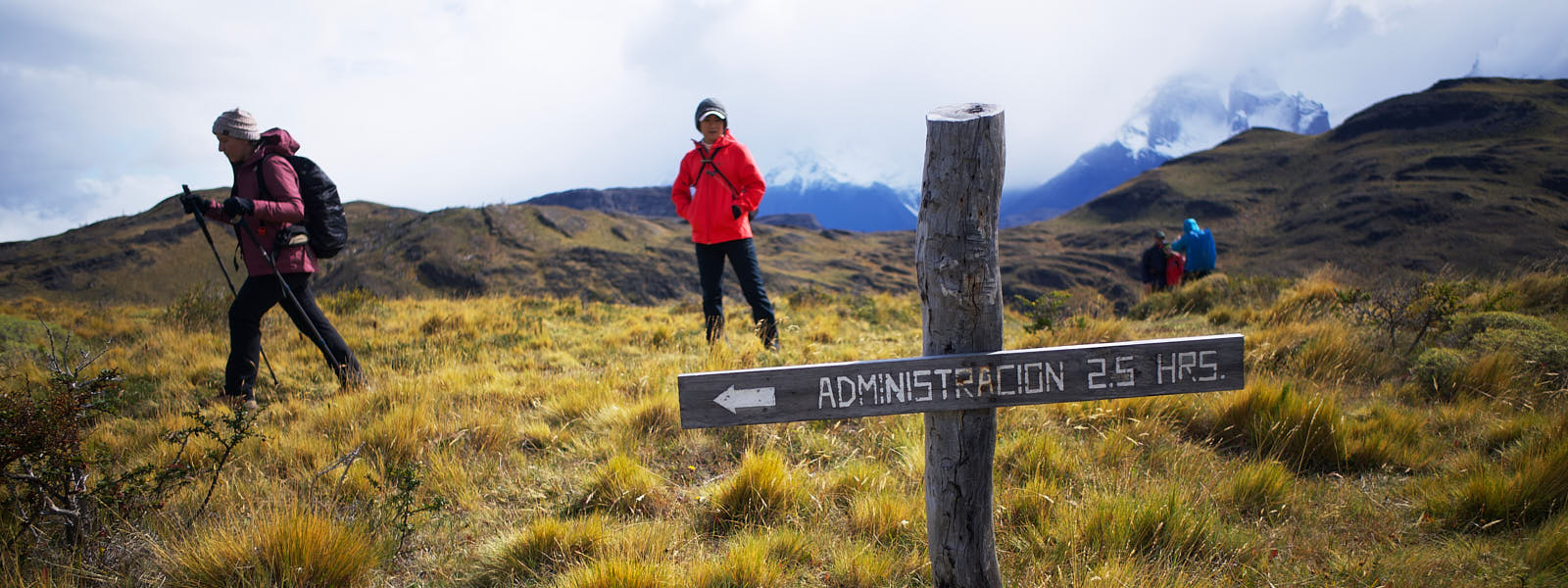
Why do we do it? Why do we lug bulky, expensive camera gear with us to the ends of the earth? I can only speak for myself, but I can't imagine traveling to faraway lands and not bringing a camera. Somewhere deep inside of me there is a burning need to document these experiences and then share them. But that still doesn't explain all the hassle. After all, isn't every phone also a camera these days? Yes, but... It can be hard to describe to someone why you feel the need to have a dedicated camera and an array of lenses. Maybe even a tripod that you find yourself carrying through airports and strapping to the outside of your backpack.
The answer, I think, is that this gives us agency. It allows us more control over the images that we craft. We gladly burden ourselves with extra weight and bulk because it broadens the scope of what what we can create. When we're in the field we hope that the meticulous days of preparation will enable us to bring our vision of a place into reality. But is that enough?
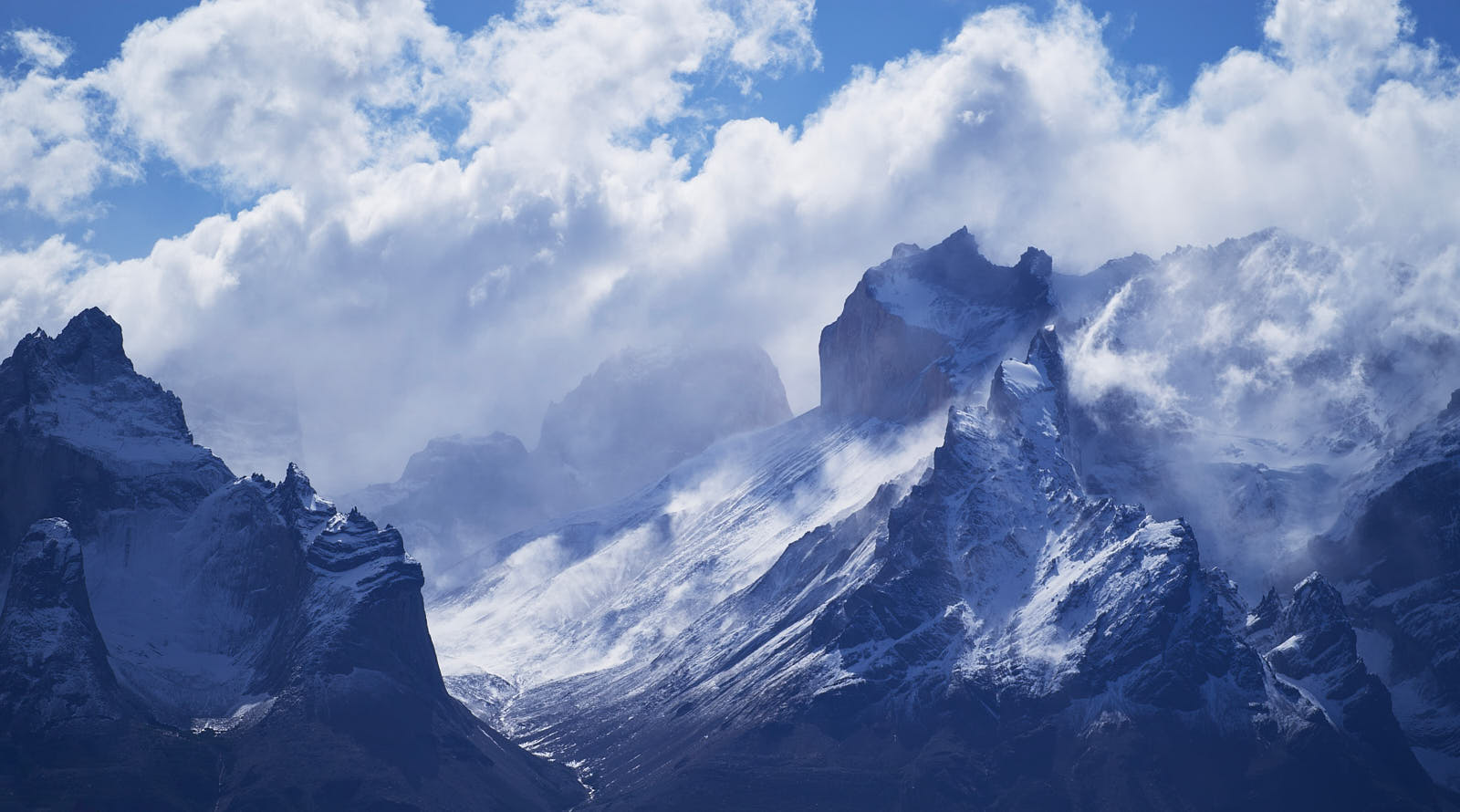
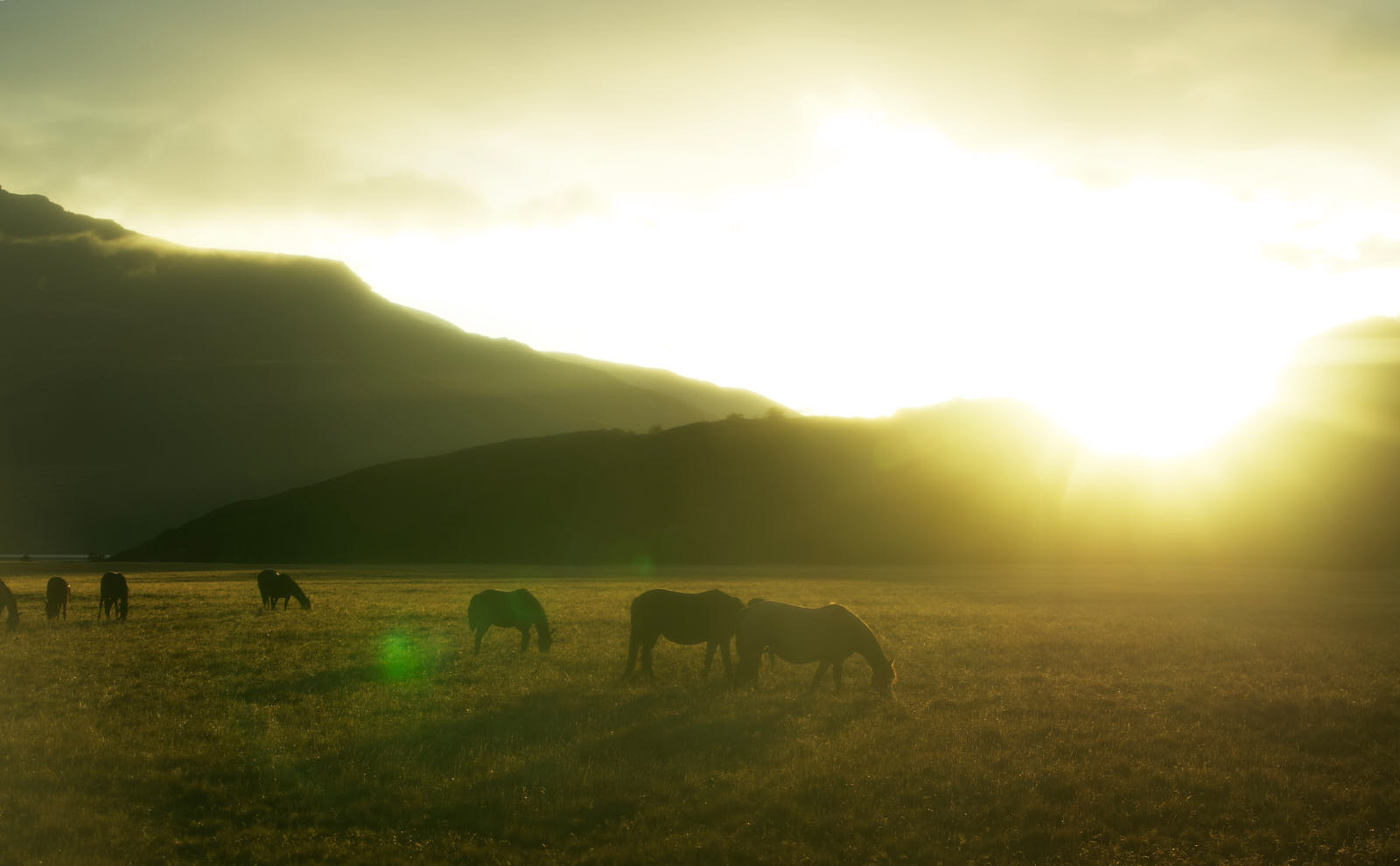
Destination Stagnation
If you've never visited the Grand Canyon, you really owe it to yourself to do so. The name is no exaggeration. The first time you stand at the edge your mind struggles to comprehend what your eyes are telling you. The chasm before you could swallow up whole cities. The turquoise ribbon of the Colorado River snakes its way around the bends at the bottom, thousands of feet below. Ant-like columns of hikers wend their way along the trails below, granting perspective to those along the rim.
When you visit, your first view of this wonder will probably be from the visitor center along the south rim of the canyon. The experience is so overwhelming that you will almost certainly take a series of photos from this overlook. Maybe you start with a cell-phone selfie. Maybe you instead focus on taking panoramic shots of the grand vista. Perhaps you zoom in on the river a mile below. Amazingly, you already know what all of these views should look like. You've seen an endless series of photos from this exact point. And yet it still impacts you deeply to take it in personally. Later, when you look back at your images from this precipice, the greatest impact likely will not be due to the way you captured nature's majesty, but rather it will be a remembrance of who was with you as the grandeur swept over you. You'll probably also chuckle, or perhaps grumble, thinking back to the endless busloads of tourists streaming to the very same lookout point to take their obligatory photos and then return to the air conditioned comfort of the tour bus.
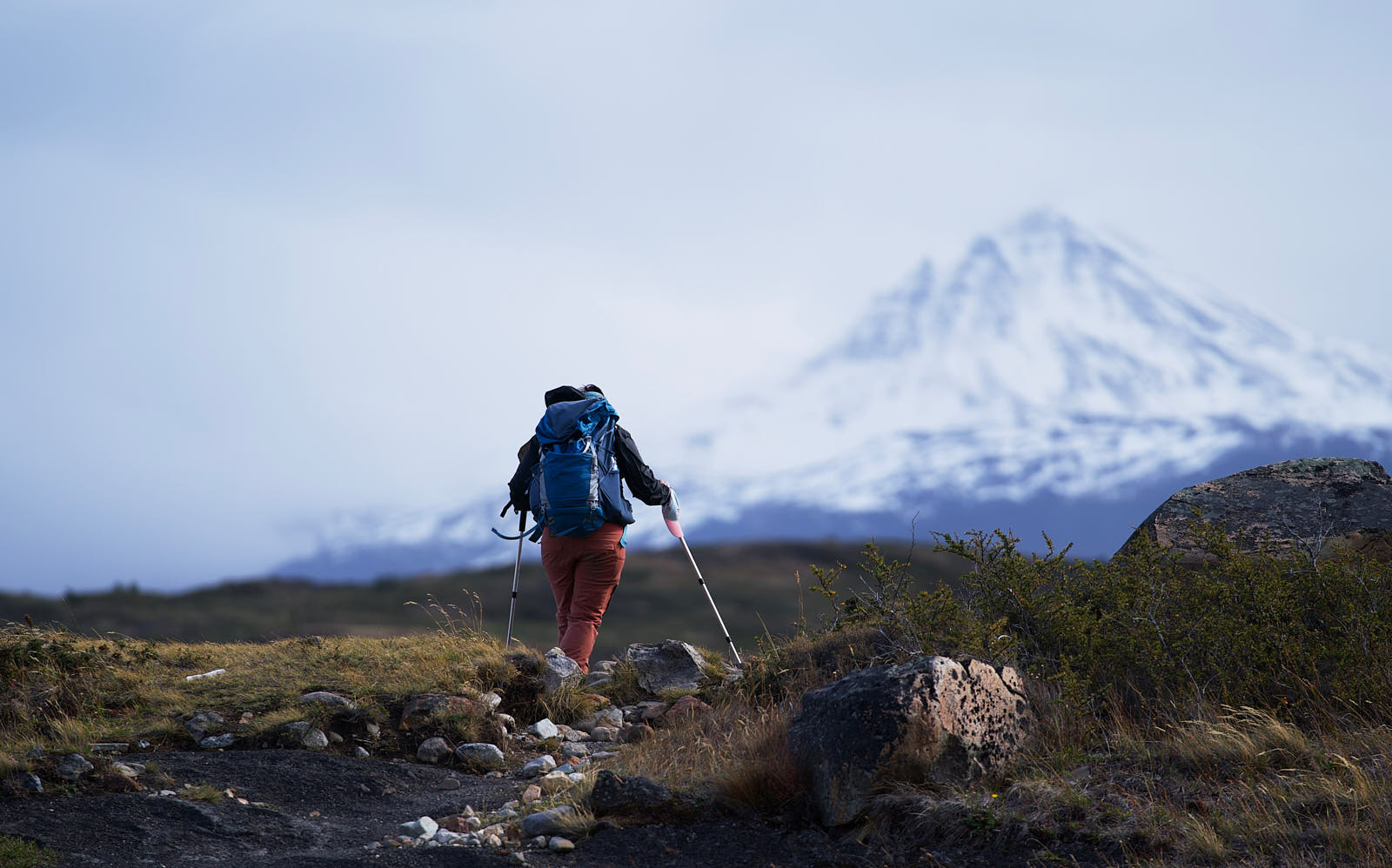
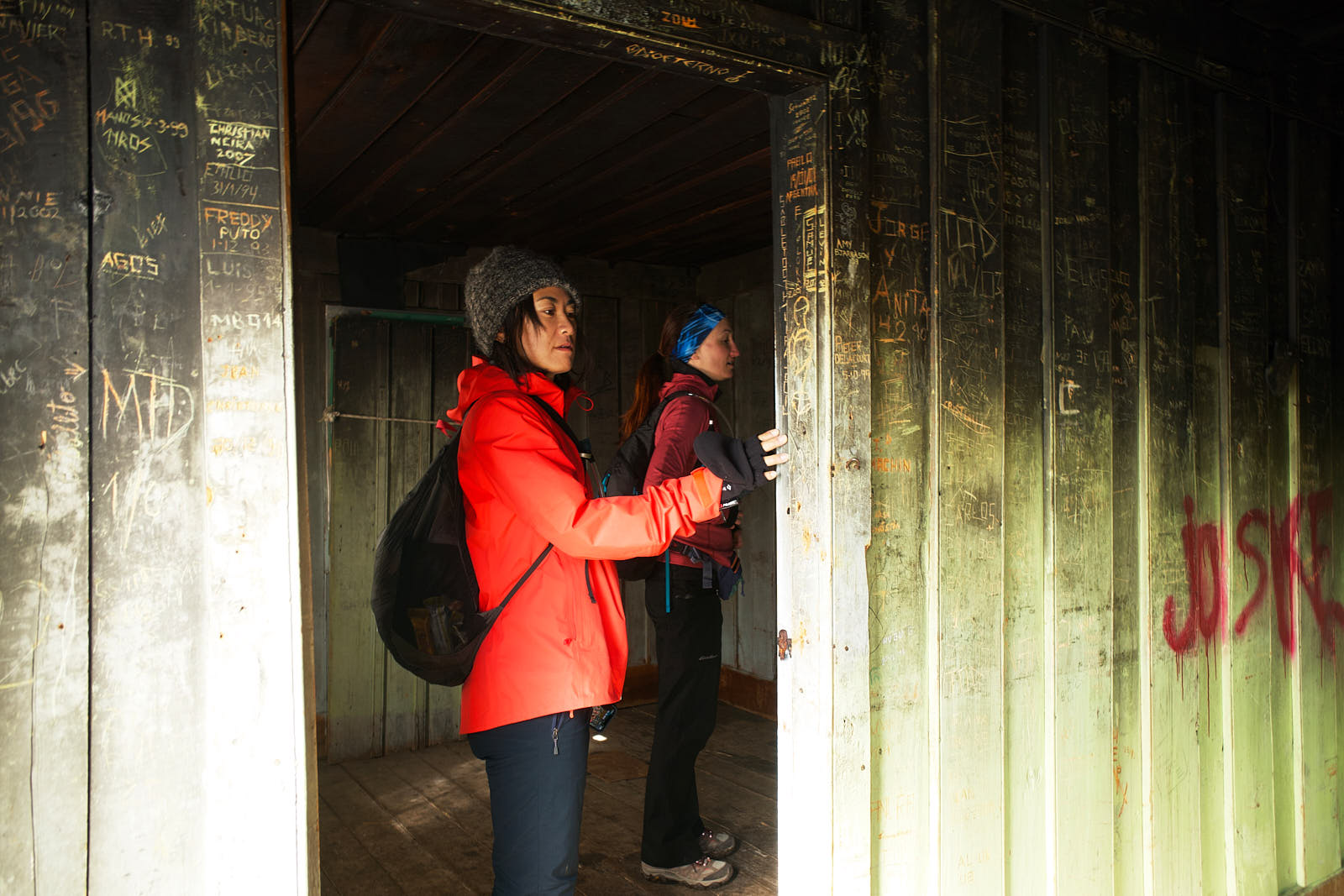
What, if anything, differentiates the photos of those in the tour bus herd from your own? Perhaps you used different equipment. Maybe you zoomed in with a longer lens on some particular feature. You perhaps timed your arrival for better light. But let's assume that the visitor center or some other scenic overlook is not your final destination. Rather, you intend to hike down to the river and back, experiencing the range of what this place has on offer. From deep in the canyon you work to craft images which evoke a sense of geologic time for your audience. These offer much more meaning for you and allow your creativity to surface in ways that were not possible from the lookout points above.
This, surely, is why we go to the trouble of carrying cameras and lenses, tripods and filters to places where everyone else has winnowed their packs down to a minimum. And yet, these meaningful photos put forth an almost sterile view of an experience that was quite the opposite. A shot of the azure sky perfectly framed by red cliffs will never convey the reality of what it took to capture. The clouds of dust that caked your mouth, kicked up by an endless stream of other hikers. Aching muscles and sun-brittle skin, irritated at how your backpack rubs. The constant vigilance needed to avoid stepping in yet another puddle of mule piss. It is these gritty details that you tell stories about when you're showing someone your stunning photos of the Grand Canyon's depths. When you meet up with your comrades from the trip, these are the subjects about which you reminisce.
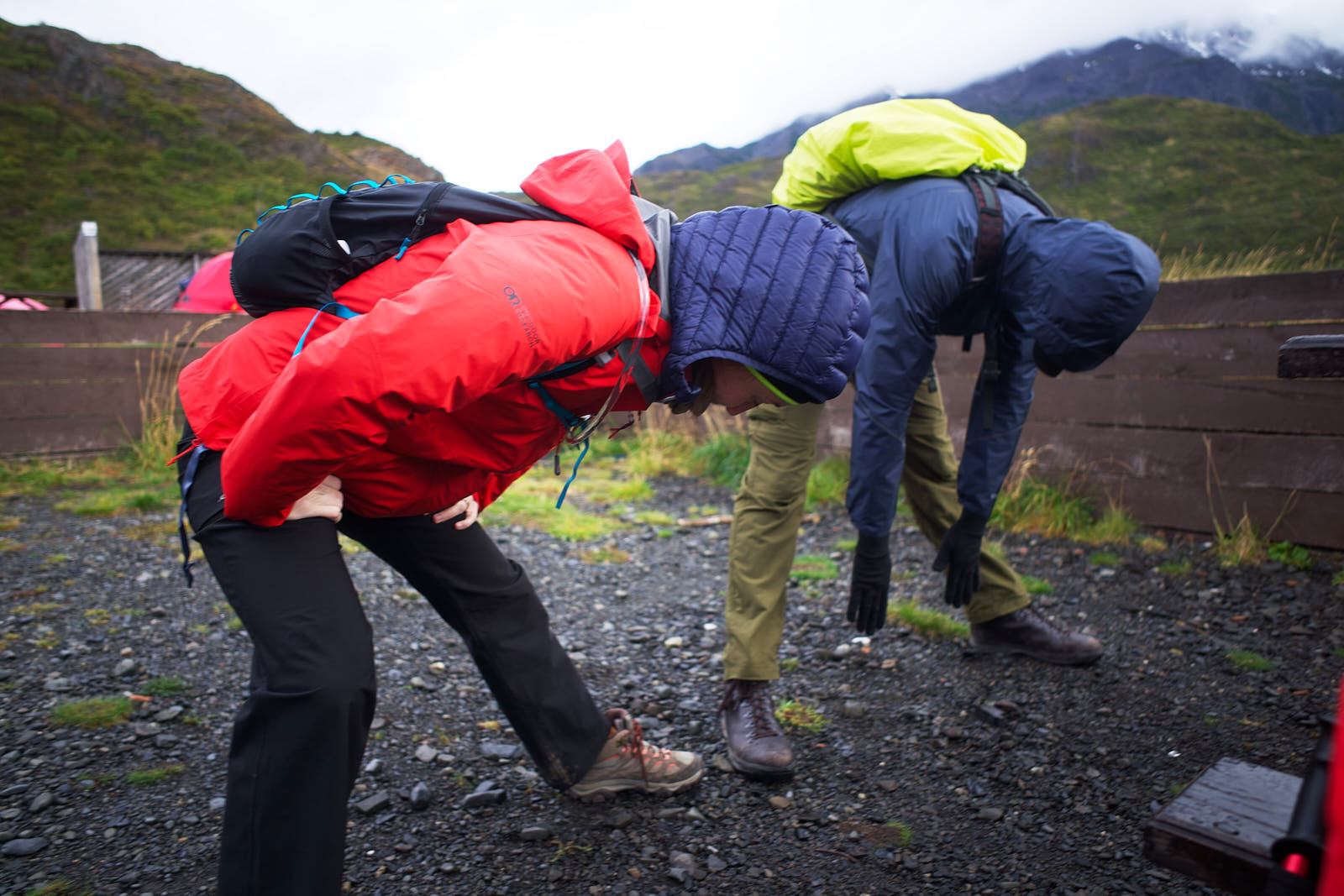
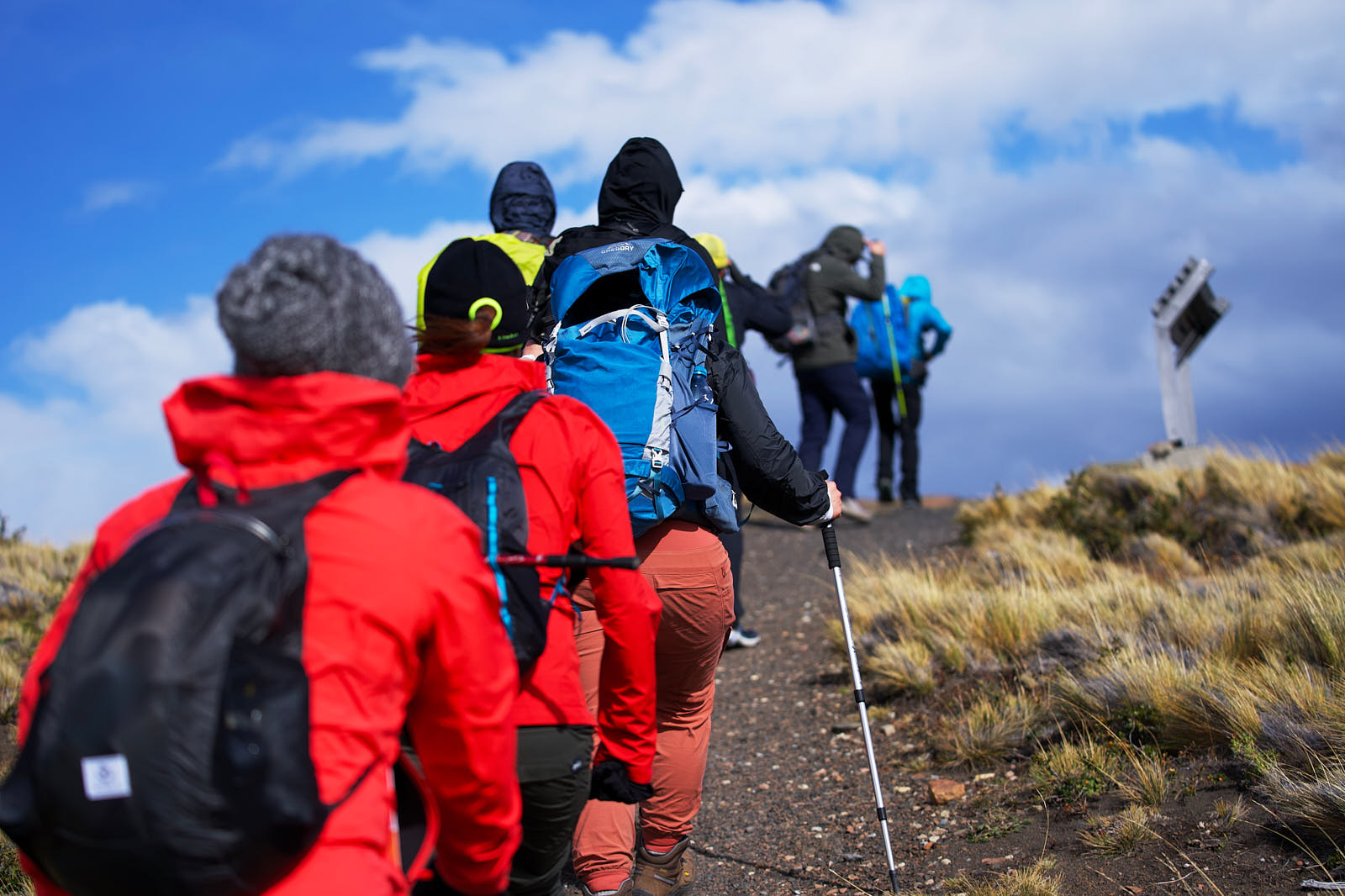
Looking for the Journey
Somewhere between the sea of selfies offering proof of visitation and a desert of pristine landscapes crafted to present a world untouched by humans, there lies a space where we can present an honest account of our adventures. A space where our friends and family are not posed for effect but are instead the main characters in a true tale of their own making. When we, as photographers, are able to inhabit this middle ground we can start to visually communicate the stories that we only previously recounted as accompaniment to our photos.
How do we begin to document meaningful moments throughout the journey? I think the first step is to be ready to capture decisive moments as they play out. If your camera is buried away in your backpack, it's unlikely that you'll use it outside of those times when you decide to stop and photograph some grand vista. Instead, you should be ready to take a photo at any moment, whether it's with your main camera or with a cell phone. Keep your eyes peeled for times of struggle, accomplishment and emotion. Look for the little details that help to tell a nuanced story. Err on the side of being too prolific with your shooting, culling your images once you're home rather than not shooting them to begin with. Embrace spontaneity and you'll be rewarded visually.
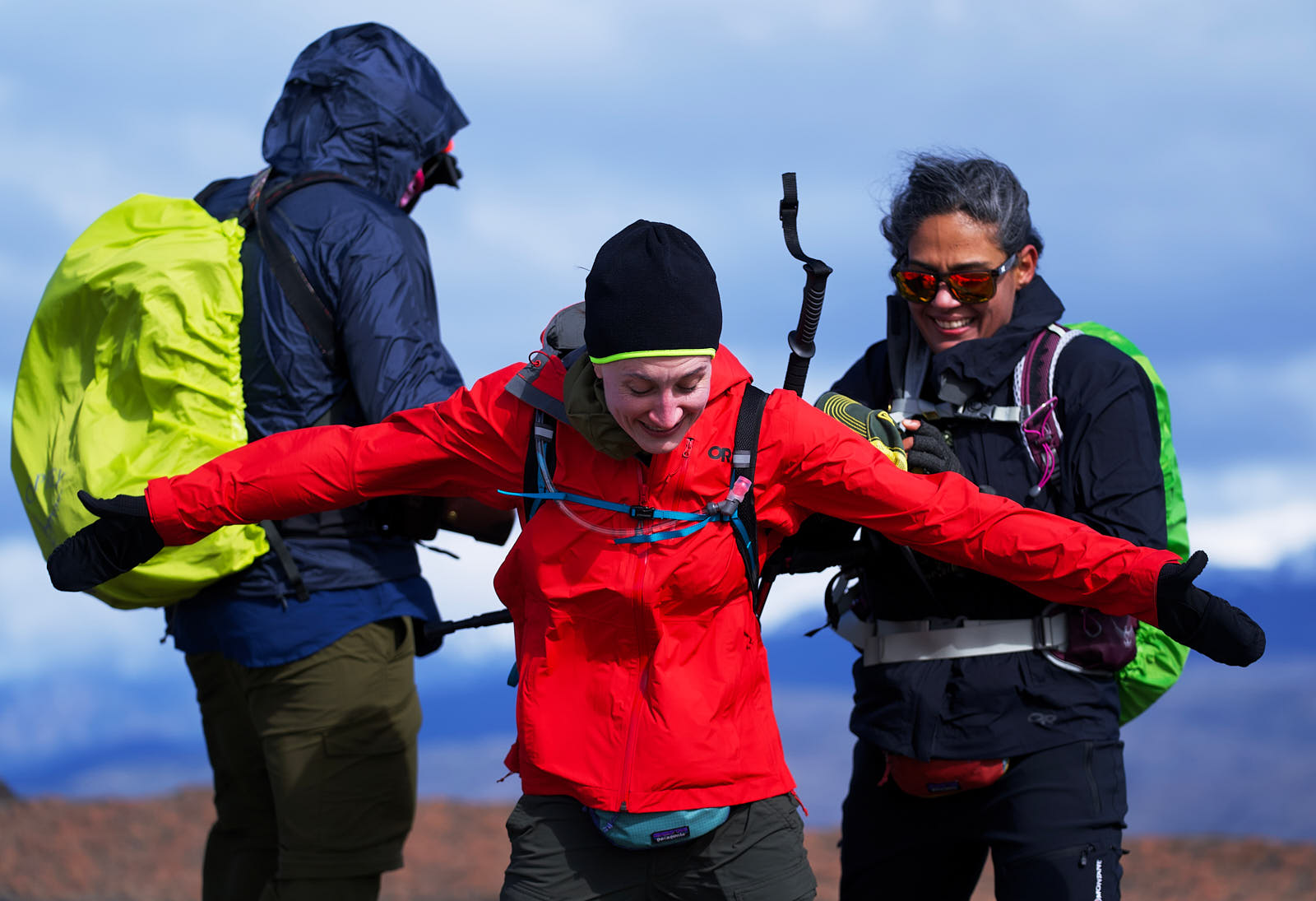
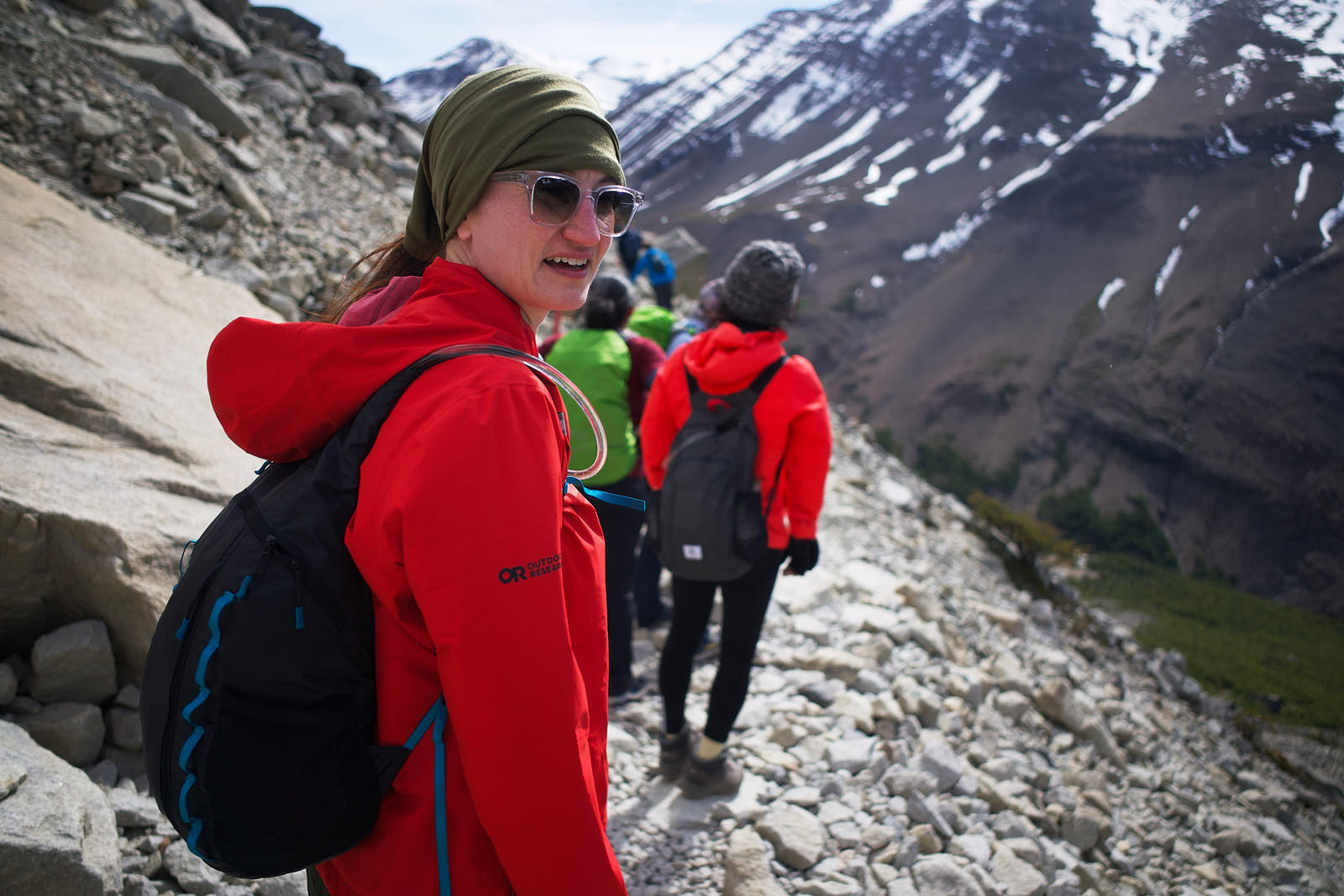
Crafting a coherent story takes more than just a collection of impactful shots, though. Preparation will allow you to tell a tale that flows and represents the different experiences of your companions and yourself. Plan your visual storytelling with different angles and focal lengths. Set aside quieter moments to capture environmental portraits of those traveling with you. In the field review the images that you've already created and assess whether or not you need to adjust your approach. Your preparation and planning will free your mind up for creativity when the right moments arrive.
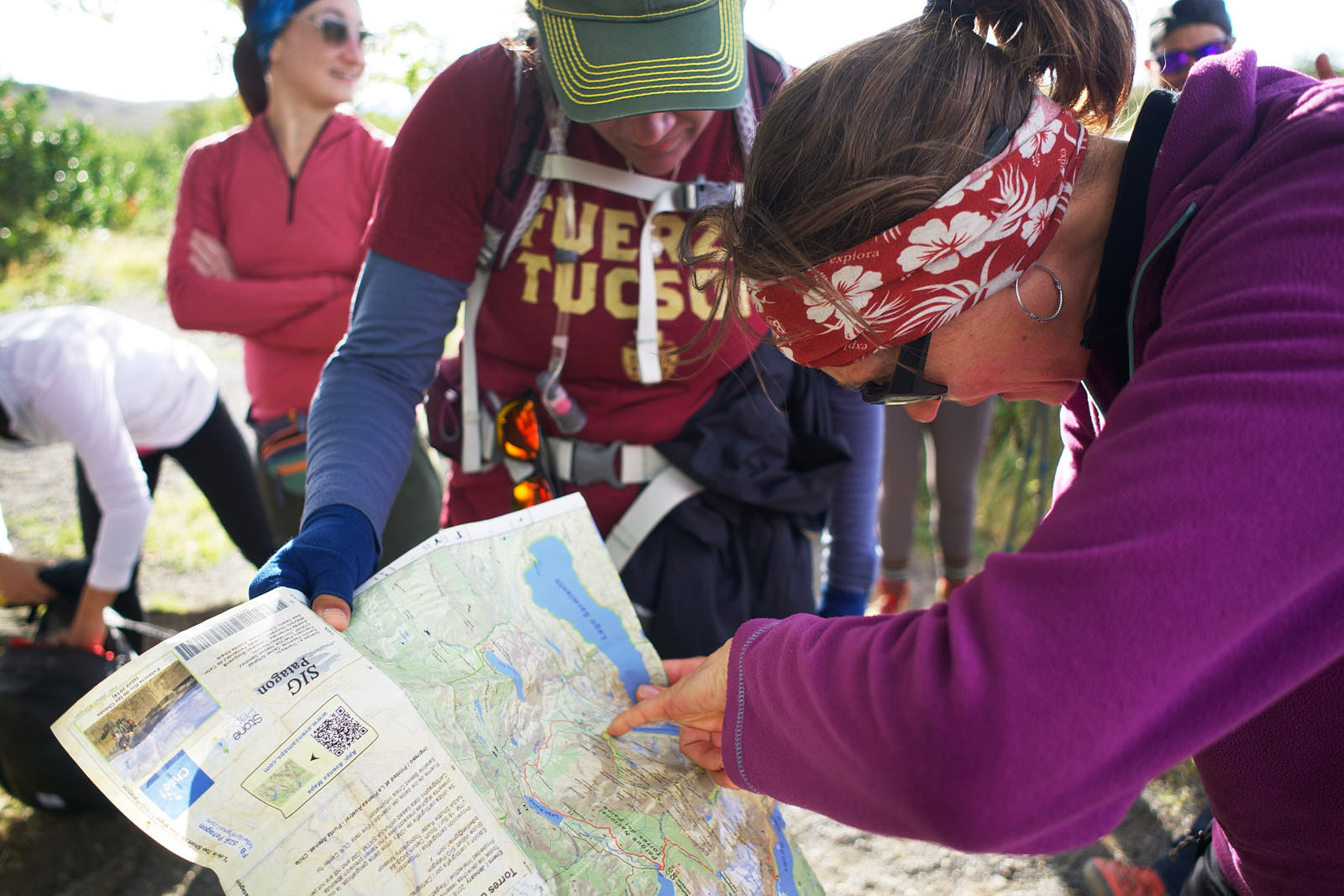
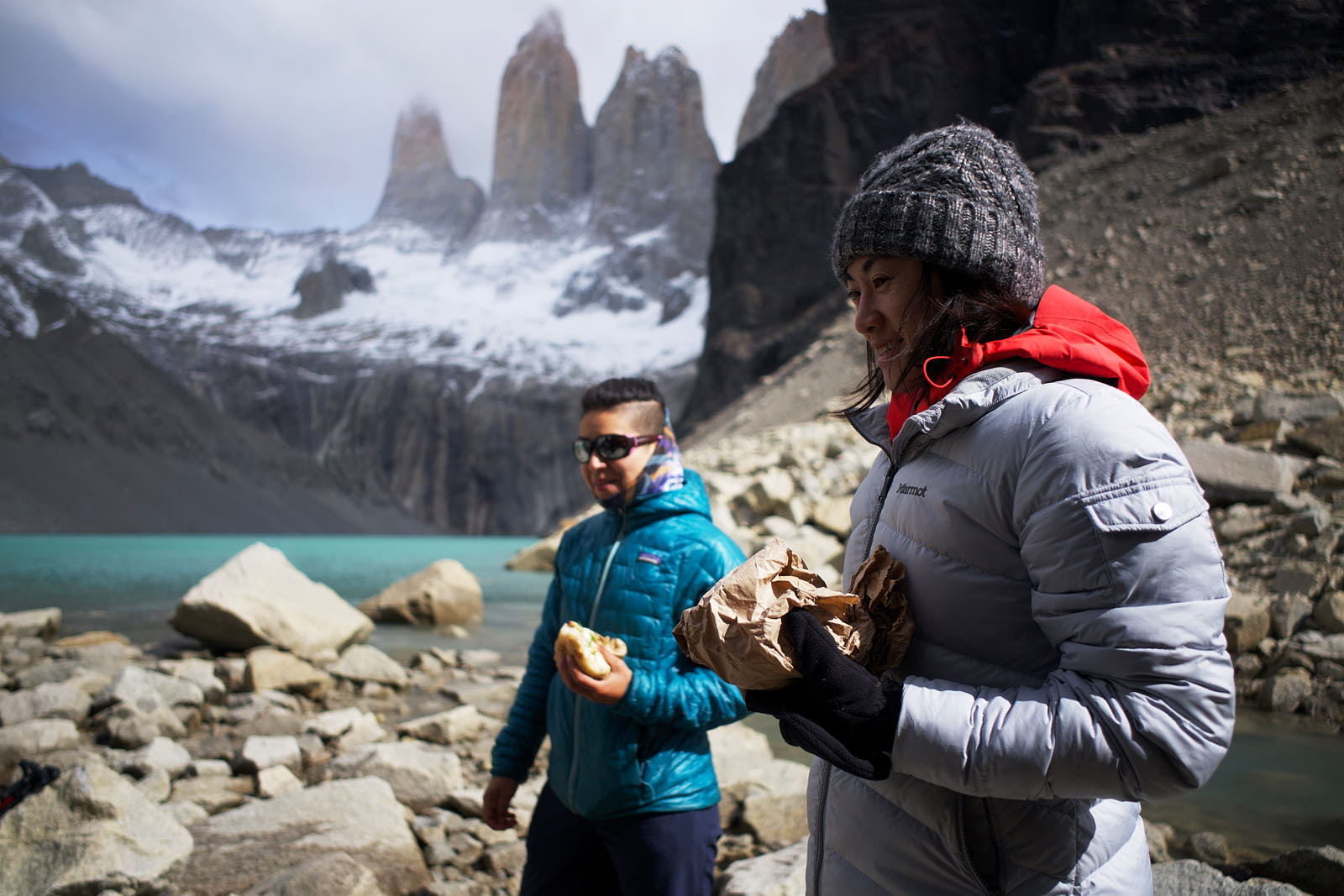
Sharing the Journey
Anyone who has spent much time peering through a viewfinder knows that once the last frame has been captured a long road still lies ahead. We must still go through the trove of images that we created and narrow them down to those that really speak to us. We process and adjust the shots that make the cut. All of this hard work has now yielded a vehicle to convey something deeper about a place and a journey. But we still don't have a story. To turn this collection of photos into a story, we must share them. Whether we choose to keep the story an intimate one, only spread among our travel companions or whether we shout it out to the world on social media, it is this act of sharing that brings the story to life.
So, why we do it? Perhaps we can now answer with a bit more nuance. We're bringing all this gear to the ends of the earth so that we can tell the tale of an adventure. We burden ourselves with cameras and lenses because the language we choose to use is visual and these are the tools that we need to write the story. And that story isn't just ours, but is the story of a community.
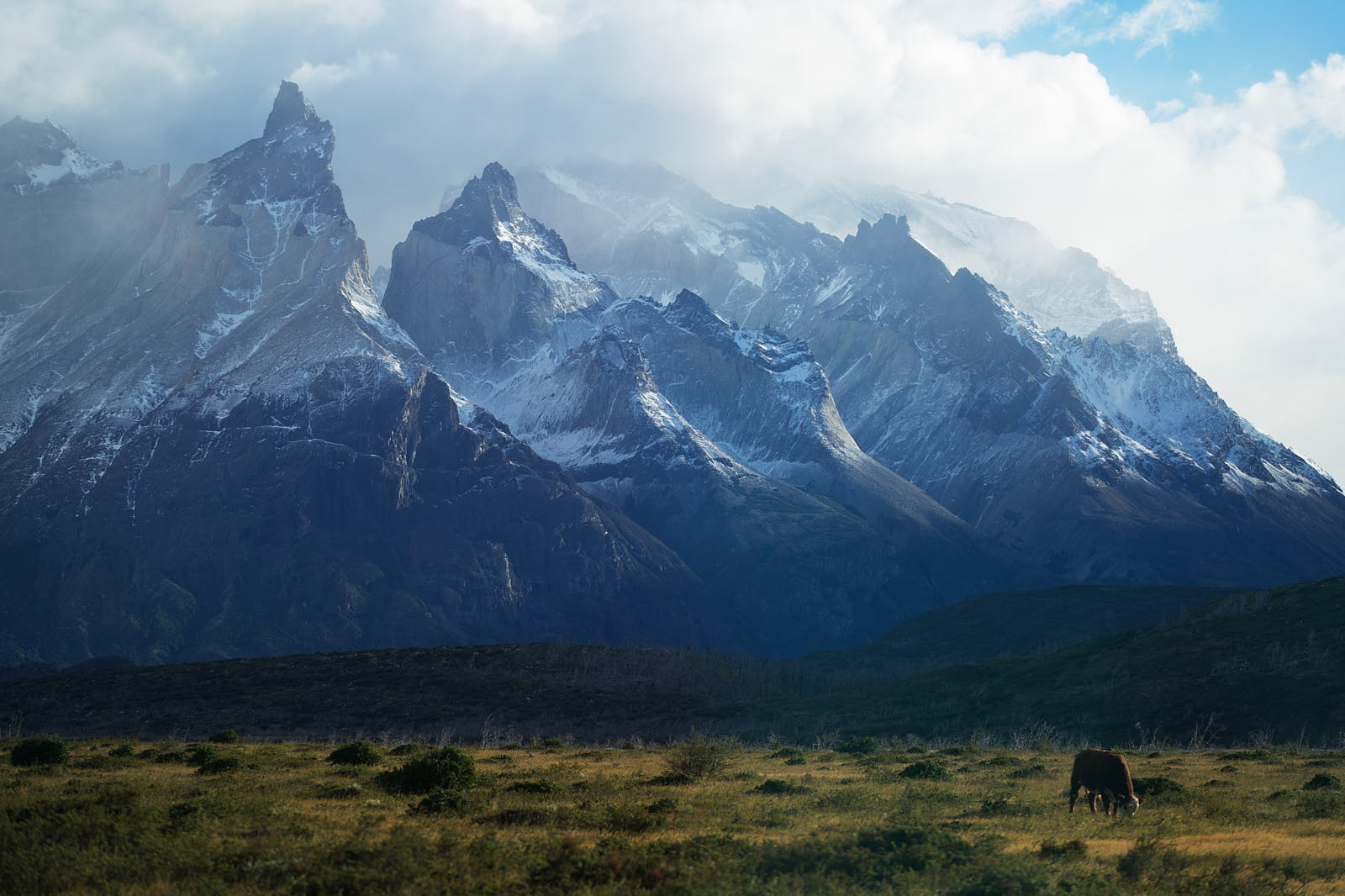
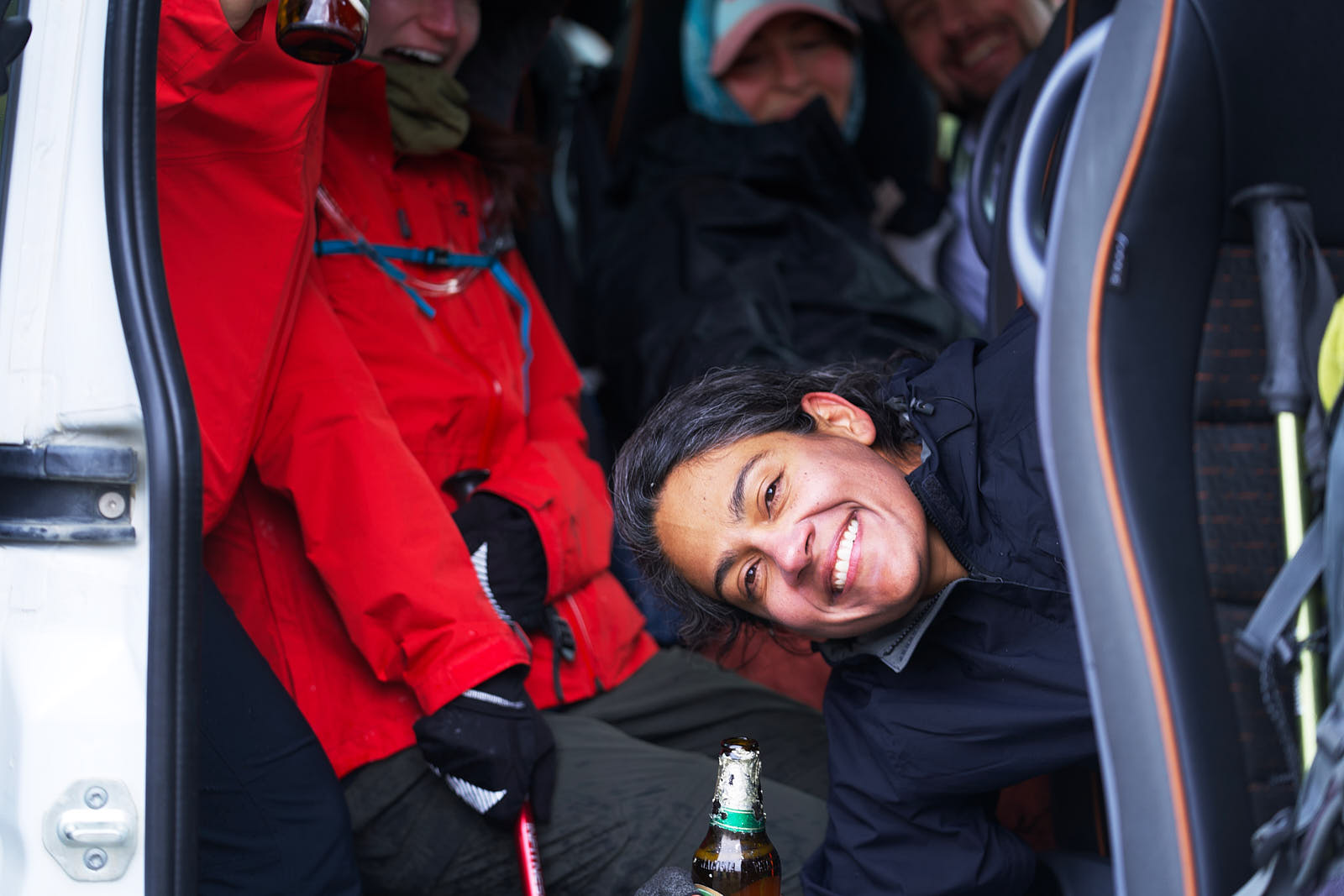
If you want to discuss this post or any other, please feel free to drop me a message on Instagram or over at Bluesky.